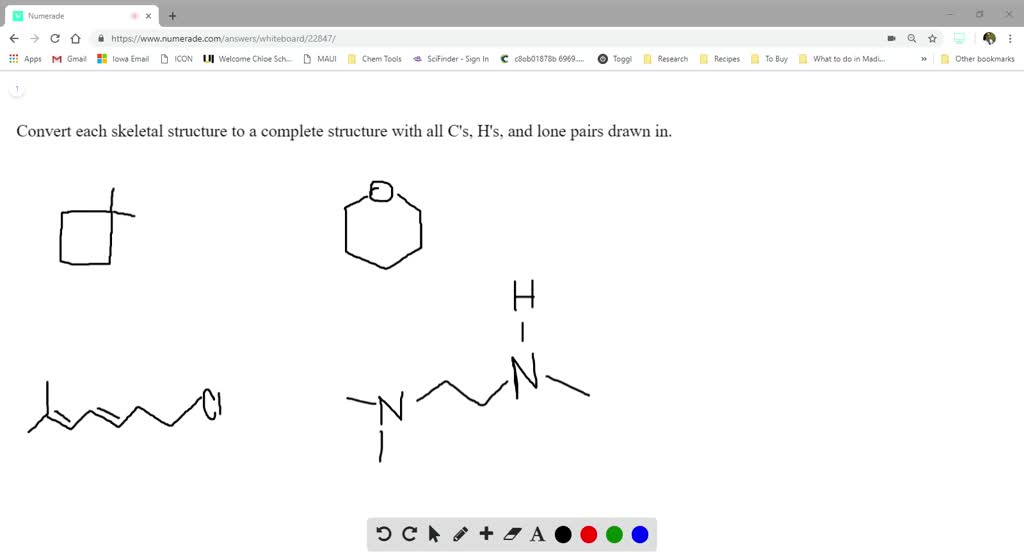
And if you think about the surface area, all right, for an attractionīetween these two molecules, it's a much smaller surface area than for the two molecules This molecule of neopentane on the right as being roughly spherical. Sphere, so spherical, and just try to imagine This molecule of neopentane on the left as being a So it's just an approximation, but if you could imagine

The shape of neopentane in three dimensions resembles a sphere. So if I draw in another molecule of neopentane, all right, and I think about the attractive forces between these two molecules of neopentane, it must once again be Transient attractive forces between those two molecules. Of pentane, all right, we just talk about the fact that London dispersion forces exist between these two molecules of pentane. Has some branching, right? So neopentane has branching, All right? So the same molecular formula, C5 H12. So these two compounds have the same molecular formula. What about neopentane on the right? Well, there's one, two, three, four, five carbons, so five carbons, and one, two, three, four, five, six, seven, eight, nine, 10, 11 and 12 hydrogens. C5 H12 is the molecularįormula for pentane. And if we count up our hydrogens, one, two, three, four, five, six, seven, eight, nine, 10, 11 and 12. So on the left down here, once again we have pentane, all right, with a boiling Let's compare, let'sĬompare a straight chain to a branched hydrocarbon. So this is an exampleĬomparing two molecules that have straight chains. So as you increase the number of carbons in your carbon chain, you get an increase in theīoiling point of your compound. So hexane has a higherīoiling point than pentane. Means it takes more energy for those molecules to So the two molecules of hexane attract each other more than the two molecules of pentane. So I can show even more attraction between these two molecules of hexane. We have more opportunity for London dispersion forces. If I draw in another molecule of hexane, so over here, I'll draw in another one, hexane is a larger hydrocarbon, with more surface area. Transient attractive forces between these two molecules of pentane. So I could represent the London dispersion forces like this.

They are attractions between molecules that only exist for a London dispersion forces are the weakest of our intermolecular forces.

London dispersion forces, so London dispersion forces exist between these two molecules of pentane. Intermolecular force that exists between two non-polar molecules, that would of course be the Intermolecular forces that exist between those Hexane has six carbons, one, two, three, four, five, and six. Pentane has five carbons, one, two, three, four, five, so five carbons for pentane. These are both hydrocarbons, which means they contain Pentane on the left and hexane on the right. And those attractionsīetween the molecules are called the intermolecular forces. When its molecules have enough energy to breakįree of the attractions that exist between those molecules.


 0 kommentar(er)
0 kommentar(er)
